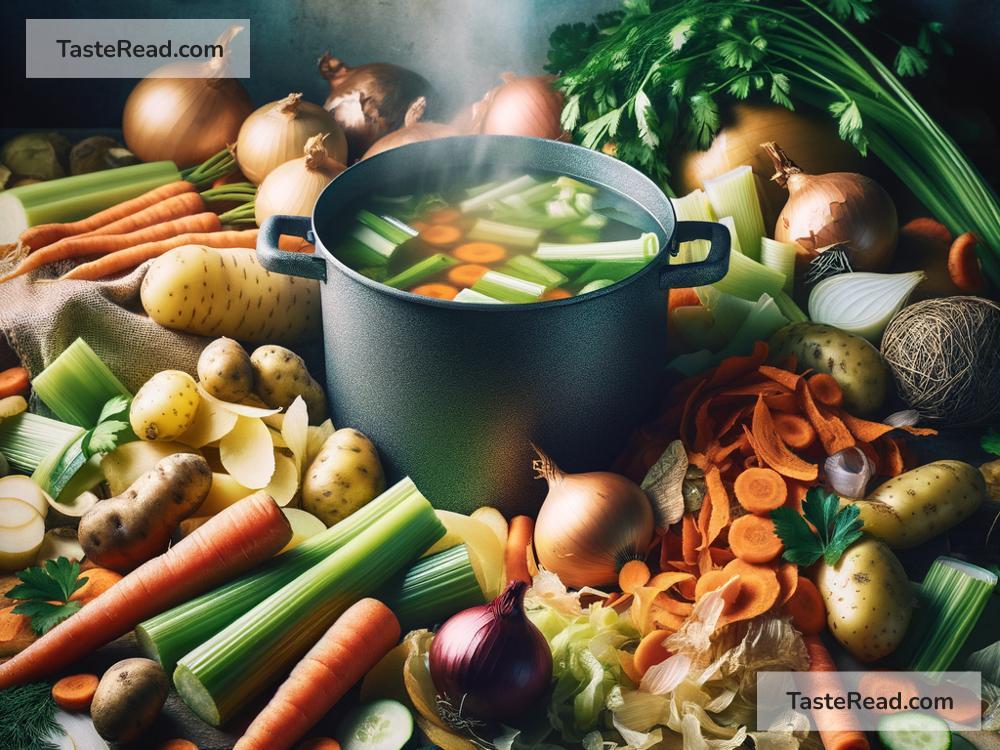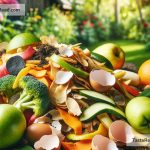The Joy of Zero-Waste Vegan Broths
Making zero-waste vegan broths isn’t just a way to eat healthily and sustainably: it’s an act of love for our planet. In a world bursting at the seams with waste, finding ways to minimize our impact is crucial. And what better place to start than in our kitchens?
Let’s talk about how to make delicious, nutritious vegan broths that don’t contribute to the waste problem. It’s easier, and much more fun, than you might think!
The Basics of Vegan Broth
Firstly, what is a vegan broth? Simply put, it’s a flavorful liquid made by simmering vegetables, herbs, and spices in water. Unlike traditional broths that might use animal bones, vegan broths rely entirely on plant-based ingredients.
The beauty of making your vegan broth is that it’s super flexible. You can adjust the taste to your liking, adding or omitting ingredients as you see fit.
The Zero-Waste Approach
The zero-waste part comes into play when we look at how we source our ingredients. Instead of buying new vegetables, herbs, and spices specifically for the broth, we’ll use what we already have. That’s right, those veggie scraps you usually toss out? They’re about to become the stars of the show.
Getting Started
-
Collect Your Scraps: Begin by setting aside scraps from your daily cooking. This could be anything from the ends of onions, carrots, and celery, to the stems of herbs, and even the peels of potatoes. Keep a large, airtight container in your freezer, and whenever you have scraps, toss them in!
-
Build a Flavor Foundation: While scraps can form the bulk of your broth, a few fresh ingredients can add depth and richness. Consider keeping a small stash of ingredients like whole peppercorns, bay leaves, or fresh herbs specifically for your broth-making days.
-
Simmer Away: Once you’ve collected enough scraps, it’s time to make your broth. Place your scraps in a large pot, fill it with water (enough to cover the scraps by a few inches), and bring it to a boil. Then, reduce the heat to low, and let it simmer away. A good broth usually takes about 1-2 hours, but feel free to adjust this based on your schedule. The longer it simmers, the more flavorful it will be.
-
Strain and Store: After simmering, let the broth cool slightly before straining it into another container, making sure to press the scraps to extract as much liquid as possible. What you’re left with is a beautiful, amber liquid that’s packed with flavor. Store the broth in the fridge if you plan to use it within a week, or freeze it for later use.
Additional Tips
- Salt Sparingly: It’s best to add salt to your dishes rather than the broth. This way, you can control the seasoning of each dish more accurately.
- Compost the Remnants: After straining, the remaining vegetable scraps have given their all. Compost them if you can, continuing the cycle of zero waste.
- Experiment: Don’t be afraid to try adding different kinds of vegetable scraps to your broth. Leek tops, mushroom stems, and even the hard outer skins of onions can add unique flavors.
- Reuse and Recycle: For storing, consider reusing old glass jars or investing in some reusable containers.
The Bigger Picture
Making zero-waste vegan broth is more than just a cooking project; it’s a mindset. It encourages us to look at what we usually discard and see potential. It teaches us that with a little creativity and care, we can make something beautiful and useful out of what we might consider “waste.”
Furthermore, this practice aligns perfectly with vegan principles, emphasizing compassion and respect for all living things. By choosing to make vegan broth, we’re not only avoiding harm to animals but also taking active steps to reduce waste and minimize our environmental footprint.
In the end, the art of making zero-waste vegan broths is a wonderful journey into mindful cooking. It’s about making small choices that, when added up, can have a significant impact on our health, our wallets, and our planet. So the next time you’re about to toss those veggie scraps in the bin, remember: they could be the key ingredient in your next culinary creation. Let’s start simmering!


